Unraveling Contemporary Art Narratives in a Post-Truth World
In today's post-truth world, narratives are constantly shifting and leadership narrative disorder seems to prevail beyond contemporary artists.
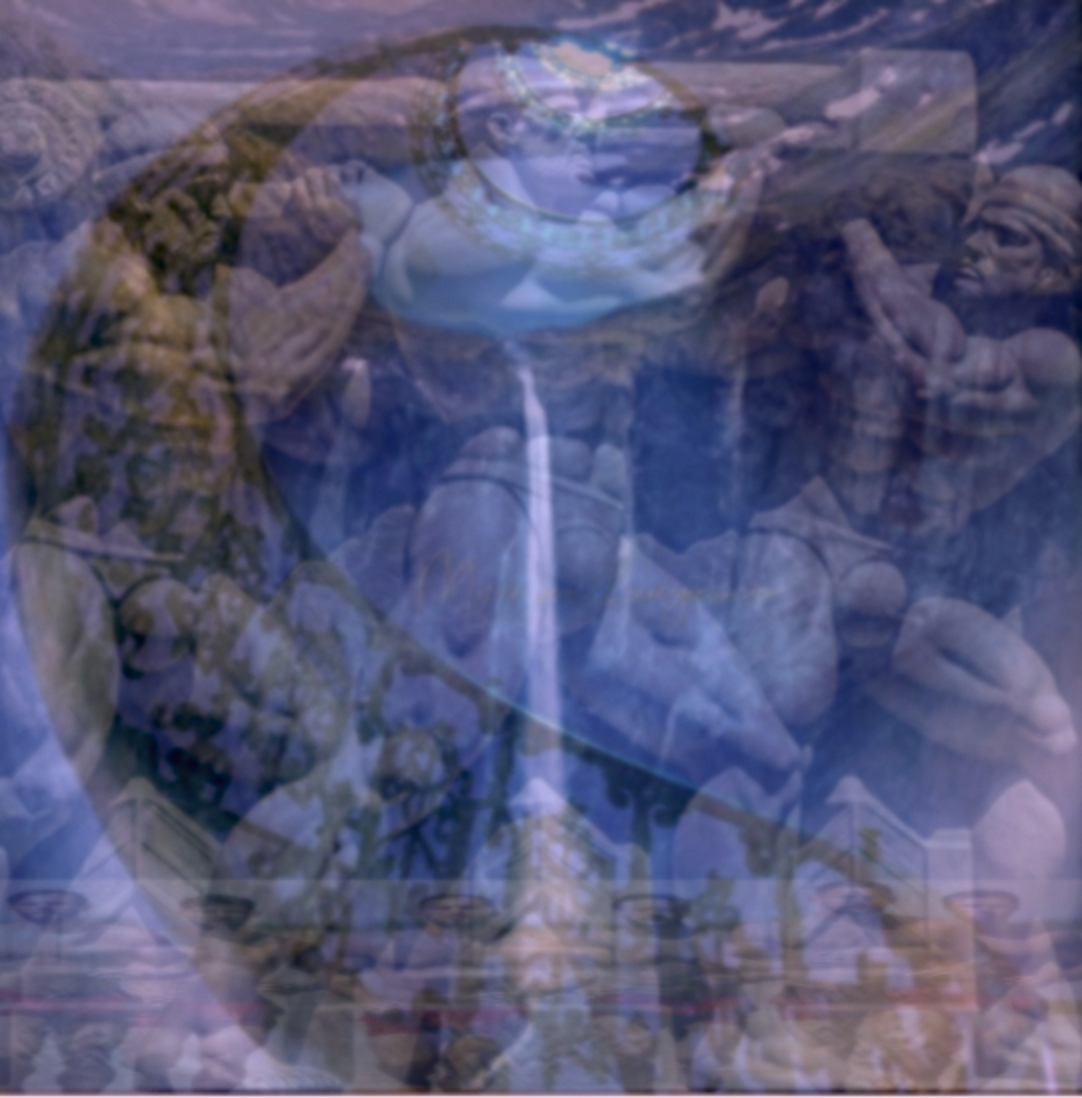
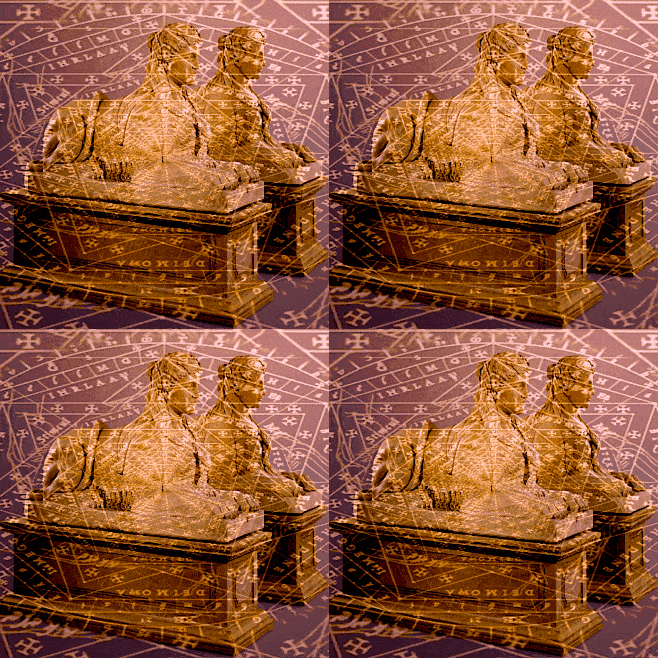
In today's post-truth world, where narratives are constantly shifting and leadership narrative disorder seems to prevail, the realm of contemporary art offers a unique space for reflection and interpretation. Contemporary artists often challenge traditional notions of meaning, inviting viewers to question established narratives and engage in critical discourse. In this article, we delve into the collapse of meaning in our current era and explore how contemporary art narratives navigate this complex landscape of uncertainty and ambiguity.
The Collapse of Meaning in a Post-Truth World:
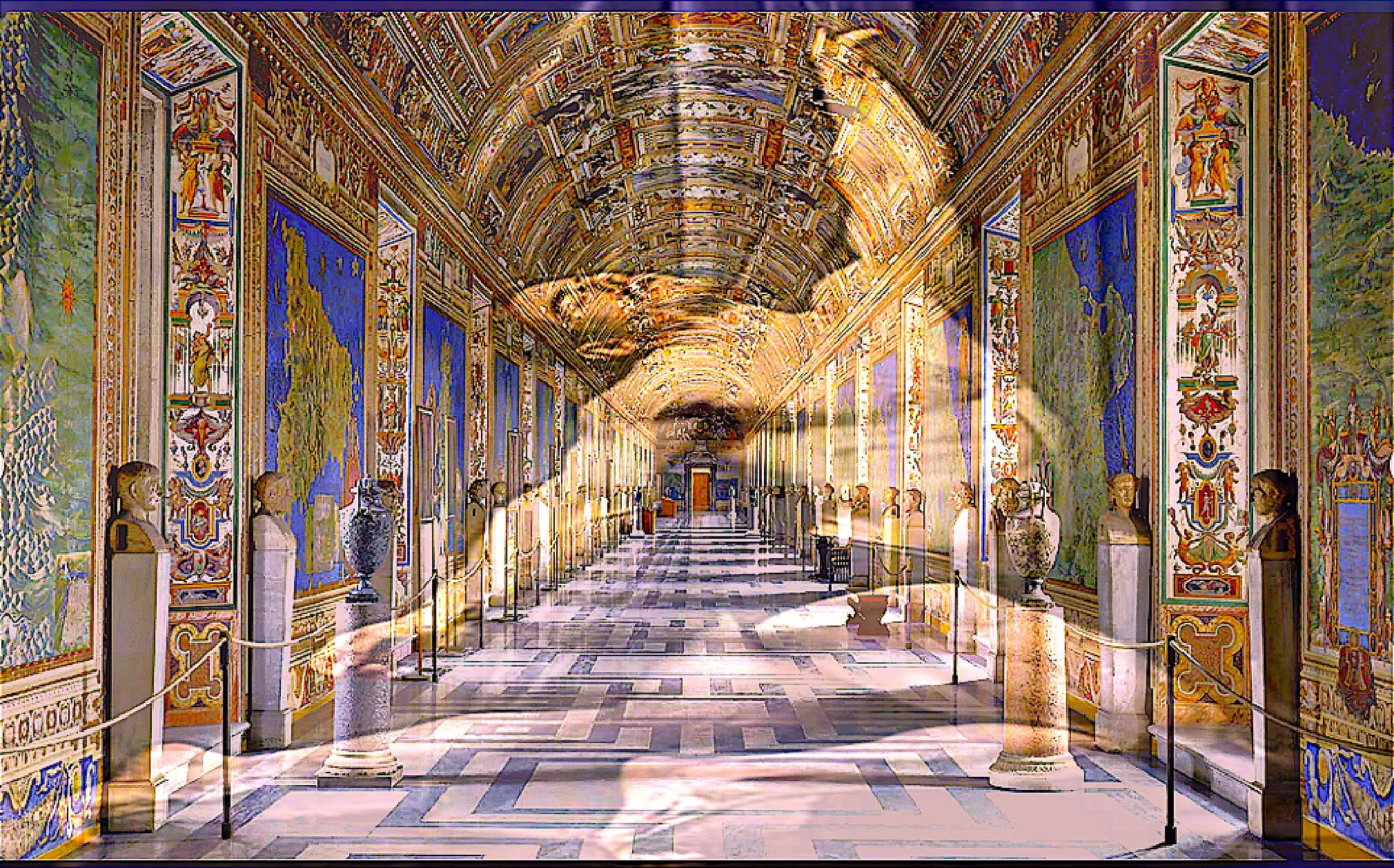
We live in an era where truth seems elusive, and established narratives are constantly under scrutiny. The rise of social media, echo chambers, and the manipulation of information have contributed to a sense of narrative disorder. Leadership narratives, once considered authoritative sources of meaning, now face increasing skepticism and scrutiny. This collapse of meaning has left many individuals searching for alternative spaces where they can engage with ideas and narratives that challenge the status quo.
Contemporary Art as a Response:
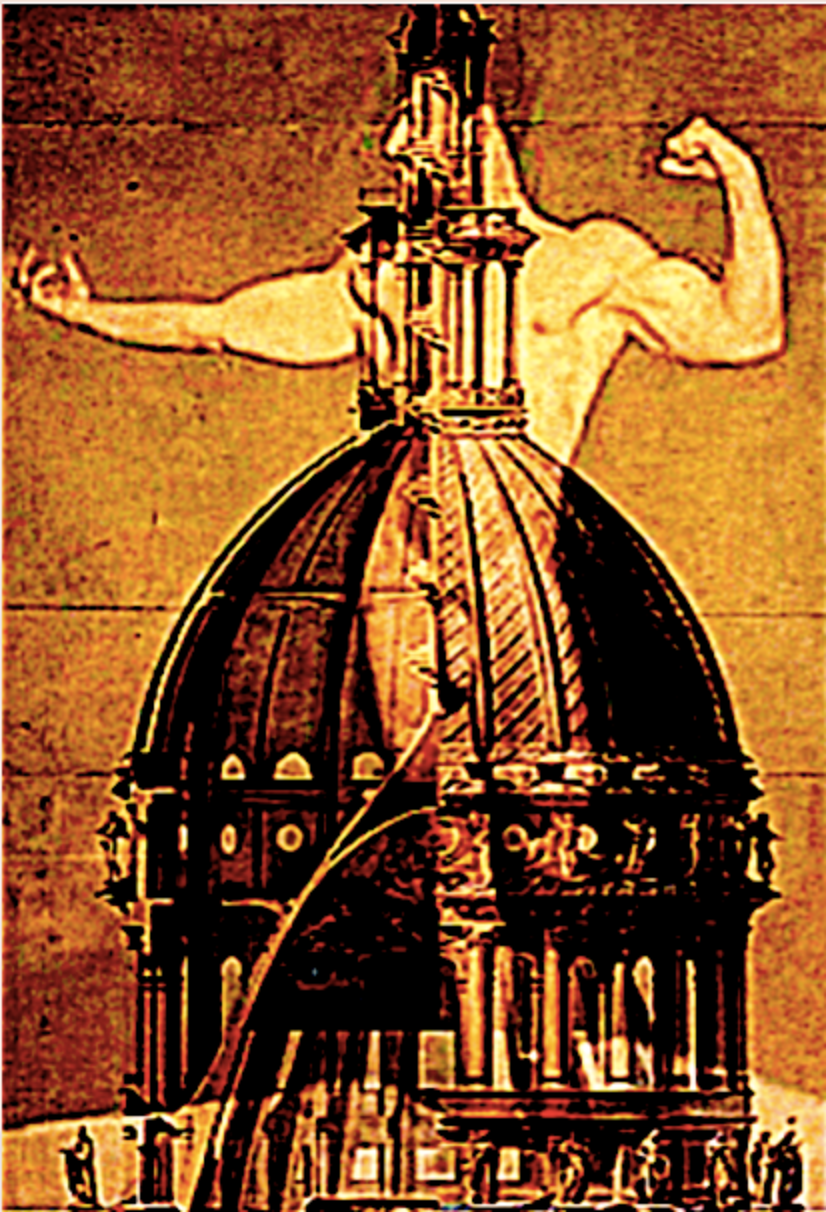
Contemporary art has long been a platform for dissent and critique, offering a space for artists to explore and express complex ideas. In the face of narrative disorder, contemporary artists have embraced ambiguity, uncertainty, and multiplicity of meanings as essential elements of their work. They navigate the collapse of meaning by subverting established narratives, questioning power structures, and highlighting the subjective nature of truth. Through their art, they provoke thought, challenge preconceived notions, and invite viewers to participate actively in constructing meaning.
The Power of Interpretation:
One of the distinguishing features of contemporary art is its reliance on interpretation. Artists deliberately create works that are open-ended, allowing multiple meanings and narratives to emerge. Viewers are invited to bring their own perspectives, experiences, and biases into the encounter with the artwork, actively participating in the construction of meaning. This interactive process not only reflects the diverse nature of our post-truth world but also empowers individuals to engage critically with the narratives that surround them.
The fading Role of Curators and Critics:
Curators and critics play a crucial role in shaping the contemporary art discourse. They curate exhibitions and write essays that contextualize and interpret artworks, providing frameworks for understanding and navigating the collapse of meaning. By fostering dialogue and facilitating connections between artworks and broader social, cultural, and political contexts, they help viewers navigate the complex landscape of contemporary art narratives. Their insights and analysis offer valuable perspectives that contribute to the ongoing dialogue surrounding meaning-making in a post-truth world.
The Importance of Engagement and Dialogue:
In a world filled with leadership narrative disorder and a collapse of meaning, engagement and dialogue become essential tools for navigating this complex landscape. Contemporary art provides a space for critical reflection, enabling viewers to question established narratives, challenge their own assumptions, and engage in meaningful conversations. By actively participating in the interpretation and exploration of contemporary art narratives, individuals can cultivate a deeper understanding of the complexities of our post-truth world.
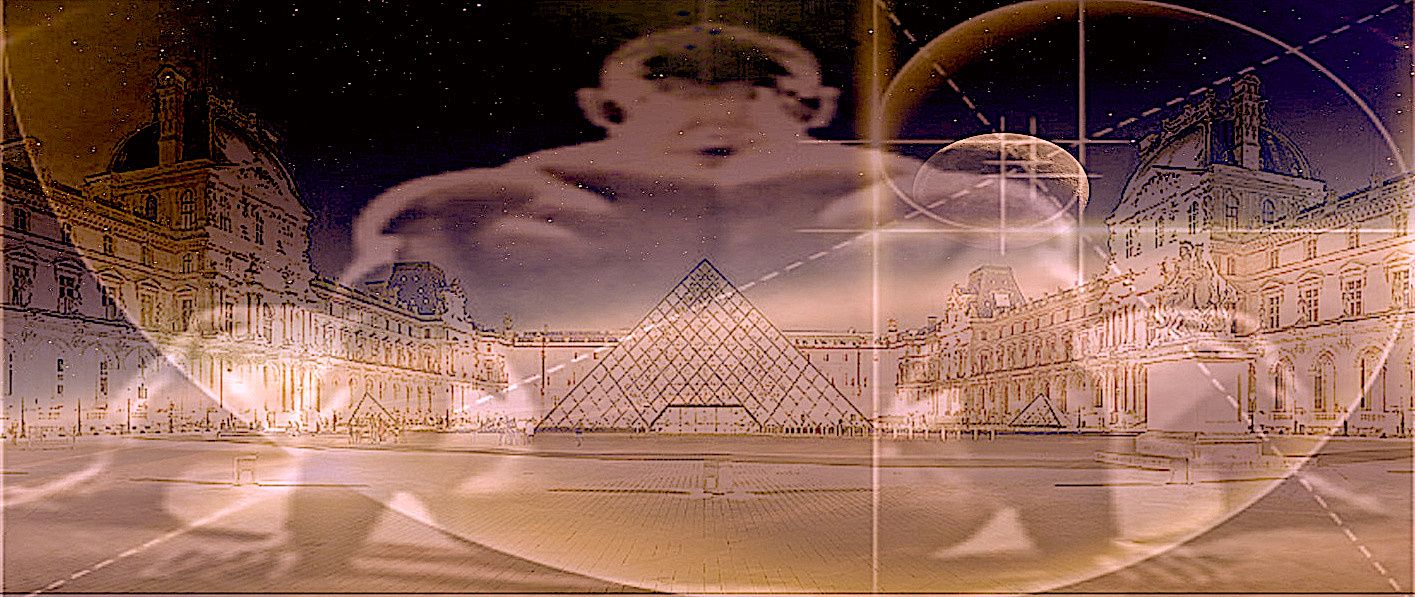
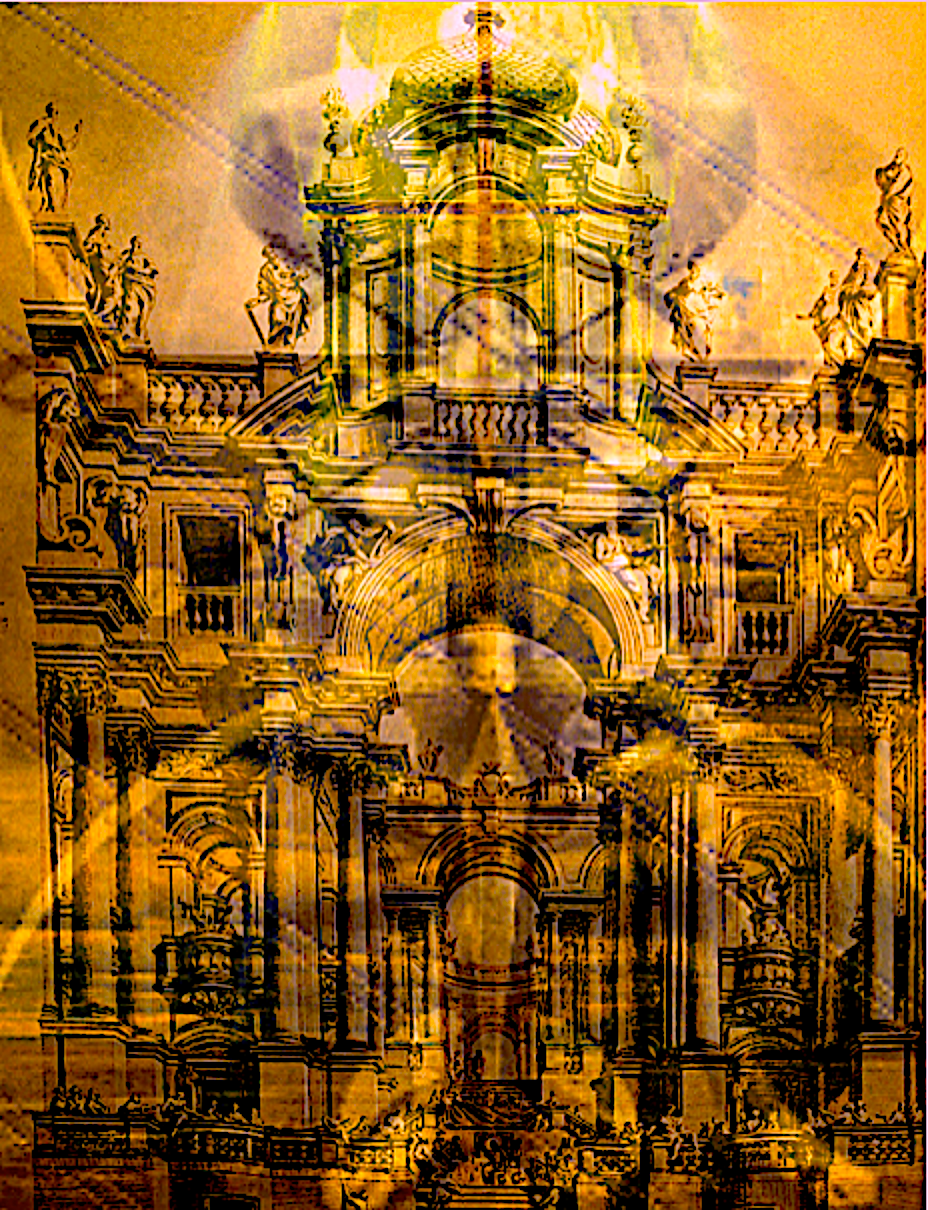
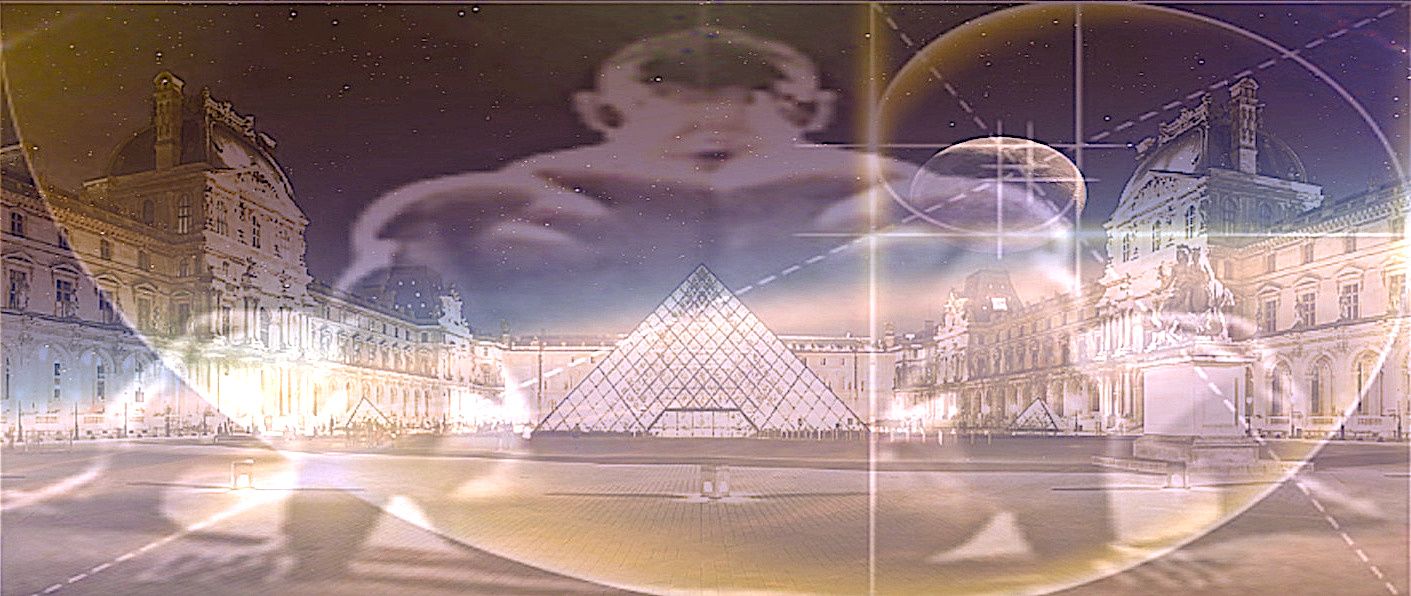
Contemporary art narratives offer a unique lens through which we can examine the collapse of meaning in a post-truth world filled with leadership narrative disorder. By embracing ambiguity, fostering interpretation, and inviting active engagement, contemporary artists create spaces for critical reflection and dialogue. In a time when established narratives are met with skepticism, contemporary art challenges us to question, reevaluate, and construct meaning on our own terms. Through this process, we can navigate the complexities of our post-truth world and strive to find new ways of understanding and connecting with the narratives that shape our lives.
FAQ:
What is contemporary art's role in a post-truth world?
Contemporary art acts as a platform for questioning established narratives and exploring diverse meanings. It challenges viewers to critically engage with the ambiguity and complexity of today's reality.
How do contemporary artists navigate the collapse of meaning?
Artists employ ambiguity and multiplicity in their work, subverting traditional power structures and inviting viewers to construct their interpretations. This approach stimulates thought and dialogue about truth and meaning.
Why is interpretation crucial in contemporary art?
Interpretation allows viewers to interact with art personally, bringing their experiences to the encounter. This engagement reflects today's complex narratives, fostering critical discourse and personal reflection.
How can engaging with contemporary art benefit individuals?
Engaging with contemporary art encourages questioning of assumptions and participation in meaningful dialogue. It opens pathways for understanding the nuances of our post-truth world.
What role do curators and critics play in contemporary art?
Curators and critics contextualize art within broader cultural and political frameworks, enhancing viewer understanding. Their insights promote the ongoing dialogue about meaning and truth in contemporary art.
How can contemporary art challenge established narratives?
By embracing and questioning narratives, contemporary art provokes viewers to re-evaluate existing beliefs and constructs. It empowers individuals to find new ways of connecting with and understanding the world around them.
